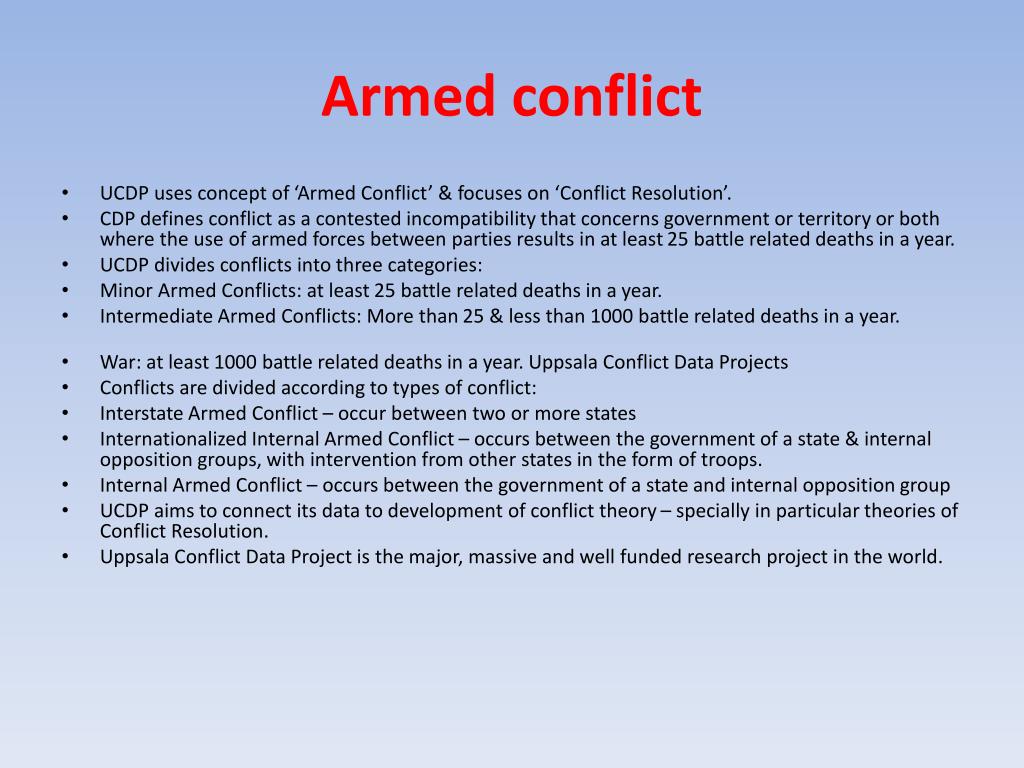

Indeed, in both situations, fighters and civilians are arrested and detained by “the enemy” civilians are forcibly displaced they have to flee, or the places where they live fall under enemy control. They face similar problems and need similar protection. If non-international armed conflicts are today by far more numerous than international armed conflicts, the law of international armed conflict is still quantitatively as well as qualitatively more substantial.įrom a humanitarian point of view, the victims of non-international armed conflicts should be protected by the same rules as the victims of international armed conflicts.

Applicable conventional IHL, and to a lesser extent customary IHL, varies depending on each situation. According to the typology of armed conflicts in International Humanitarian Law (IHL), two types of conflicts exist: international armed conflicts and non-international armed conflicts.


 0 kommentar(er)
0 kommentar(er)
